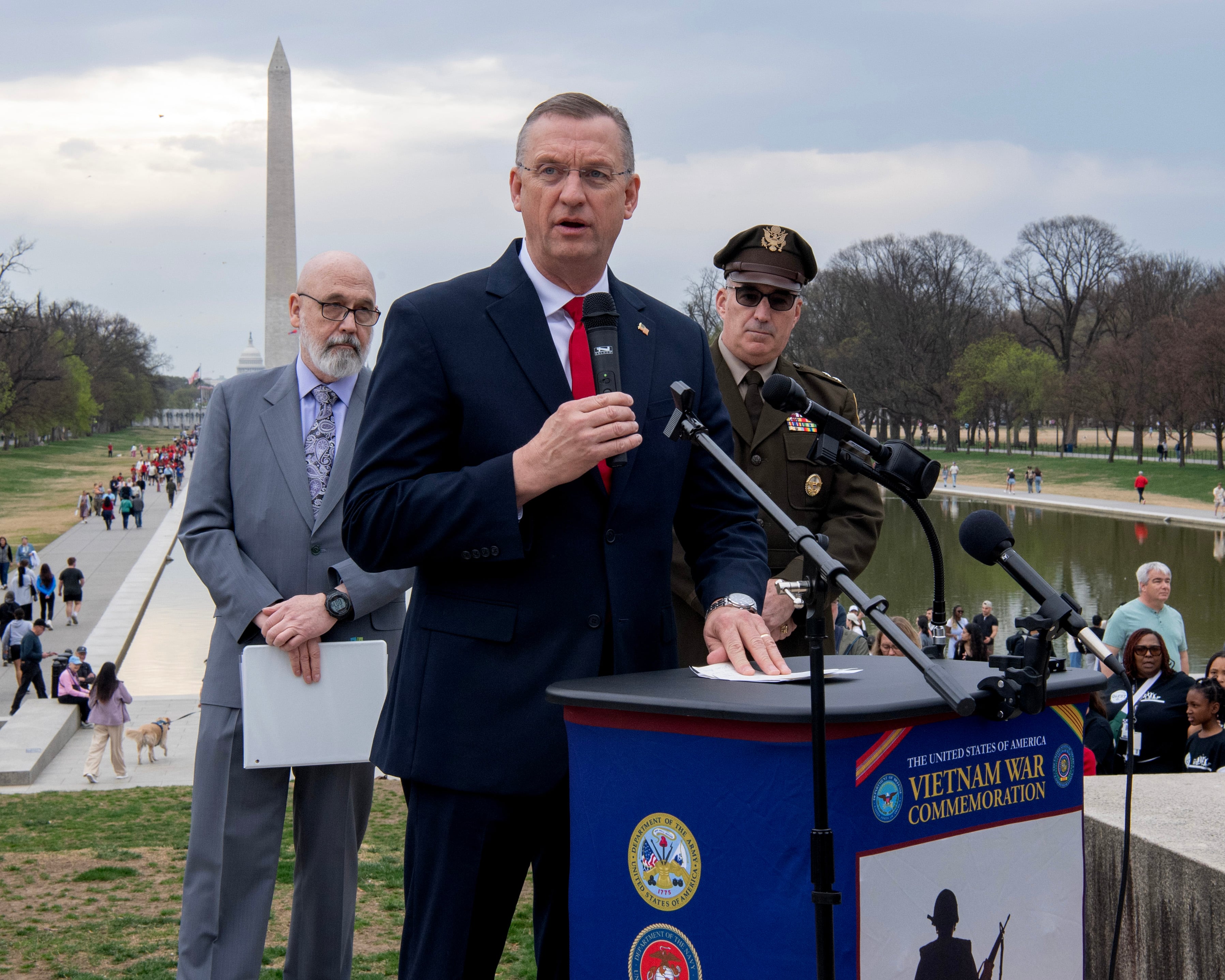The Air Force said on Thursday that it has not changed its provisions governing the use of stop loss, and that it already had the ability to halt the retirement of officers slated to deploy, if necessary.
In an email, Air Force spokeswoman Rose Richeson said that the Air Force's policies have not changed and that the new Air Force Instruction AFI's language on stop loss in relation to deploying officers was intended to codify rules already in place.
"The Air Force is not implementing Stop Loss for all or even some deployments," Richeson said. "Stop Loss is a force retention tool implemented judiciously, in total across the force and not in individual circumstances, and is only used in a time of war or national emergency as prescribed in law."
A Sept. 18 update to Air Force Instruction 36-3203 added a footnote that specifically invoked stop loss as a reason the Air Force could stop officers from retiring if they have been officially tasked to deploy, or have applied for retirement on or after their assignment selection date or notification of a 365-day extended deployment.
Richeson said that the note referencing stop loss in relation to retirement denials for deployed officers "was added to increase transparency regarding existing authorities and circumstances under which the Secretary of the Air Force, as delegated from the President, can suspend personnel laws and extend an Airman's mandatory date of separation involuntarily. Those circumstances where an Airman's mandatory date of separation or retirement may be extended include during the use of Stop Loss; war or national emergency; in relation to an ongoing court martial; and when an Airman is undergoing a medical/physical deferment or evaluation. ... In all cases, these authorities are exercised with extreme judiciousness."
The old version of the retirement AFI does refer to the stop loss provision in a footnote, but that footnote was not applied to sections discussing deployed airmen.
Richeson said the revision to the retirement rules was intended to synchronize guidance on deployments and retirements or separations in the previous version of the retirement AFI, as well as three other AFIs -- 36-2110, governing assignments, 36-2606 on re-enlistments, and 36-3802 on Personnel Readiness Operations.
Richeson said airmen whose enlistment contracts expire or whose active-duty service commitment expires before the end of a deployment tasking are still allowed to apply for separation or retirement in lieu of deploying.
But those whose enlistment contracts or ADSCs go beyond the end of a deployment can only ask to retire or separate if they can show extreme personal hardship. Those who cannot show they are suffering from such hardship will have to deploy.
Blogger and former airman Tony Carr first reported the change in the AFI on his blog John Q. Public on Oct. 9, and called it "a back-door conscription policy" that would likely hurt retention.
Air Force spokesman Lt. Col. Chris Karns said in an email Oct. 9 that the change to the AFI does not necessarily mean the Air Force is planning to start suspending officers' retirements.
"The terminology 'may suspend' retirement does not constitute a certainty," Karns said. "The AFI looks to responsibly address a range of possibility against the backdrop of an uncertain global dynamic and budget environment."
Stephen Losey is the air warfare reporter for Defense News. He previously covered leadership and personnel issues at Air Force Times, and the Pentagon, special operations and air warfare at Military.com. He has traveled to the Middle East to cover U.S. Air Force operations.




